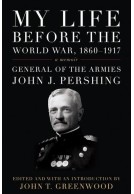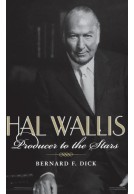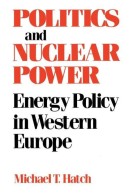John J. Pershing and the American Expeditionary Forces in World War I, 1917-1919 (Hardback)
October 1-December 31, 1917
Imprint: University Press of Kentucky
Series: American Warriors Series
Pages: 576
Illustrations: 22 b&w halftones, 4 maps, 9 tables
ISBN: 9780813187099
Published: 20th December 2022
Script Academic & Professional
Series: American Warriors Series
Pages: 576
Illustrations: 22 b&w halftones, 4 maps, 9 tables
ISBN: 9780813187099
Published: 20th December 2022
Script Academic & Professional
This book will be reprinted and your order will be released in due course.
You'll be £59.00 closer to your next £10.00 credit when you purchase John J. Pershing and the American Expeditionary Forces in World War I, 1917-1919. What's this?
+£4.99 UK Delivery or free UK delivery if order is over £40
(click here for international delivery rates)
Order within the next 7 hours, 12 minutes to get your order processed the next working day!
Need a currency converter? Check XE.com for live rates
(click here for international delivery rates)
Order within the next 7 hours, 12 minutes to get your order processed the next working day!
Need a currency converter? Check XE.com for live rates
General of the Armies John J. Pershing (1860-1948) had a long and distinguished military career, but he is most famous for leading the American Expeditionary Forces in World War I. He published a memoir, My Experiences in the World War, and has been the subject of numerous biographies, but the literature regarding this towering figure and his enormous role in the First World War deserves to be expanded to include a collection of his wartime correspondence.
Meticulously edited by John T. Greenwood, volume 2 of John J. Pershing and the American Expeditionary Forces in World War I, 1917-1919 covers the period of October 1 through December 31, 1917. During this time, Pershing focused his efforts on working with the French Ministry of War, the General Staff, and the field Army on training and equipping the AEF's few available combat divisions for frontline service. Russia's defection from the coalition and the surprising Italian defeat at Caporetto in October rocked the Allied ranks, and this volume addresses the creation of the Supreme War Council and the House's American War Mission - bodies that reexamined the Entente's military and diplomatic strategy and ultimately cemented the alliance.
The correspondence also reveals how the House Mission revived the divisive issue of amalgamating arriving American troops into existing British and French combat divisions - something that Pershing utterly opposed and saw as a threat to the AEF. The dispute never resolved and irritated British prime minister Lloyd George and French premier Georges Clemenceau so much that both would try to engineer Pershing's removal in the following year. Extracts from the large volume of rarely referenced cablegrams represent an important contribution to Pershing's wartime story.
Other titles in the series...
Other titles in University Press of Kentucky...





















